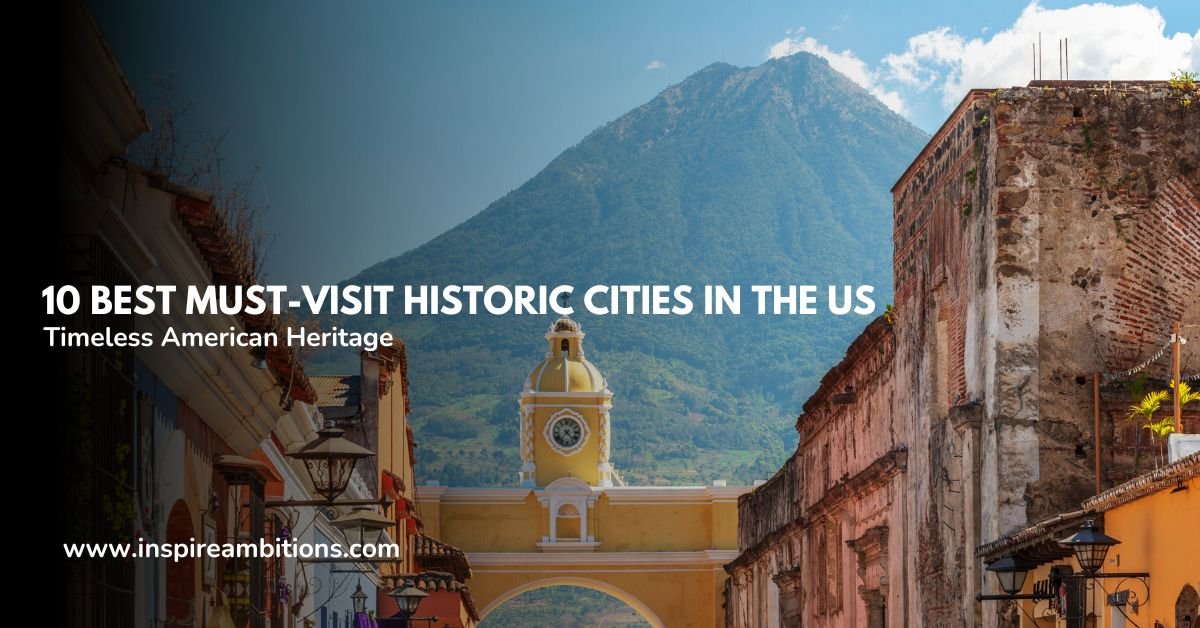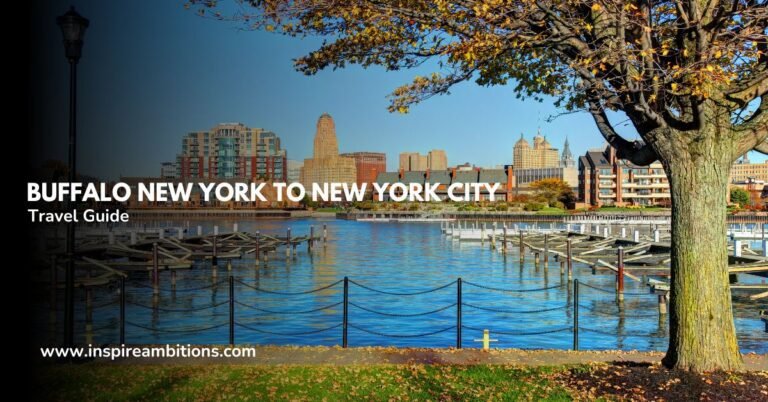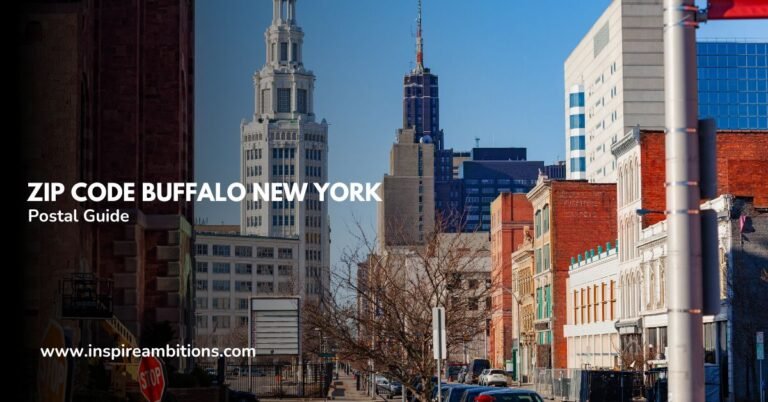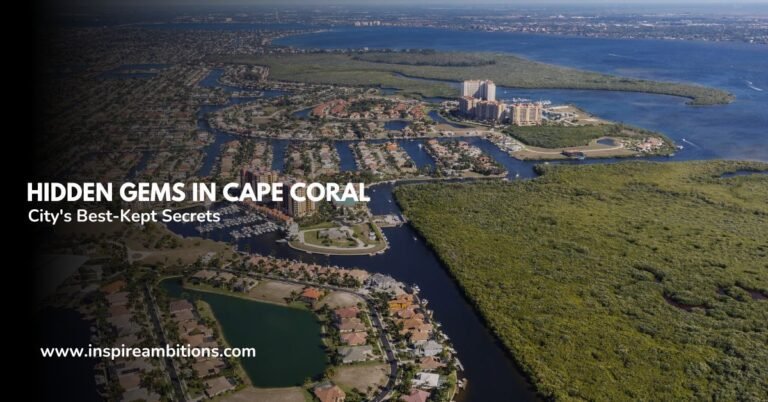10 Best Must-Visit Historic Cities in the US – Timeless American Heritage
The United States is a mosaic of historical landscapes, where each city tells a story of a nation’s birth, growth, and evolution.
Travellers yearning to traverse the pathways of the past can embark on a journey through time, exploring cities that cradle the cultural landmarks and narratives that have shaped the country from the cobblestone streets of Philadelphia, where the Declaration of Independence was signed, to the bustling avenues of Atlanta, once the heart of the Civil Rights Movement—each historic city serves as a living museum, offering a tangible connection to the defining moments in American history.
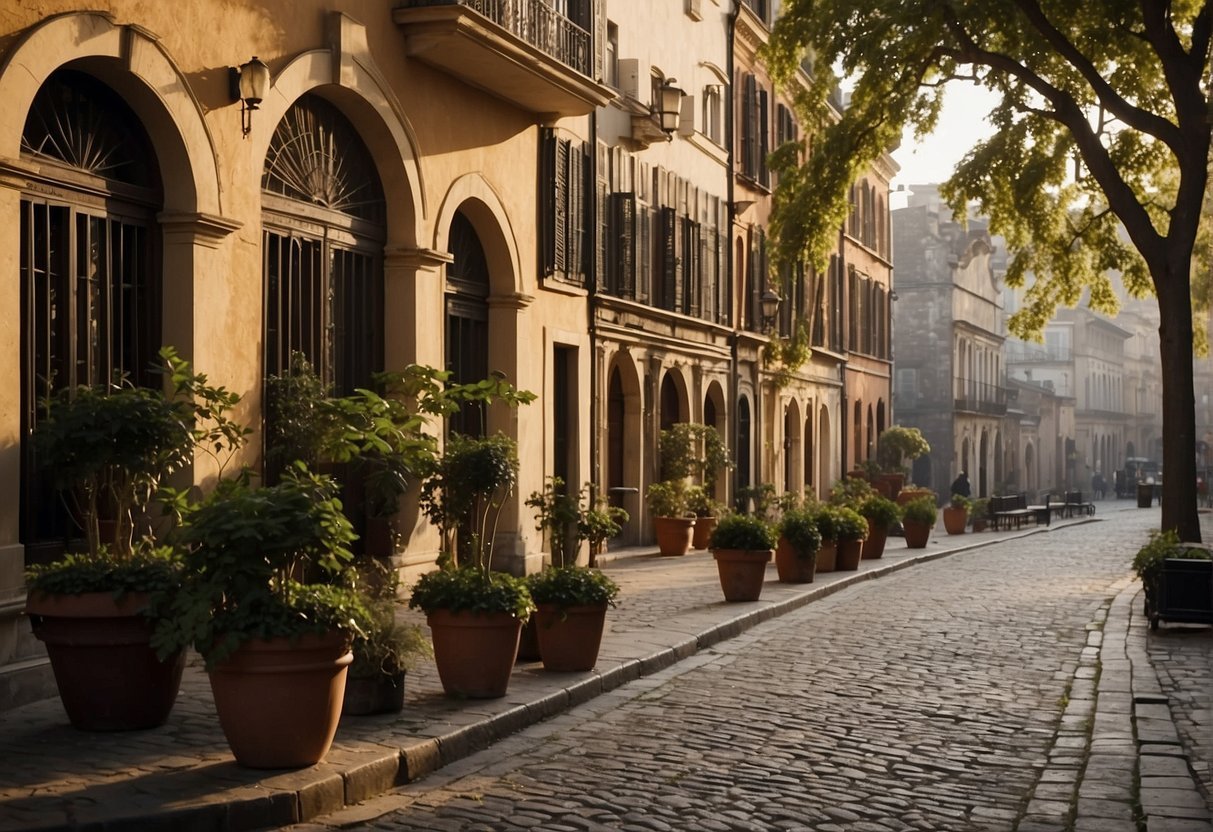
Some of these historic treasures stand out for their profound contributions to the United States’ heritage. You have Philadelphia, known as the nation’s birthplace and the setting for many of the country’s most pivotal events, including crafting the U.S. Constitution.
There’s also Annapolis, Maryland, with its illustrious naval history and tenure, however brief, as the nation’s capital. These cities represent the intersections where historical significance meets contemporary curiosity, allowing visitors to experience the country’s evolution up close.
Travelers not only walk through locales steeped in history but also witness how these sites have been preserved, interpreted, and immortalized through literature, the arts, and collective memory. From historic Jamestowne to the vibrant streets of modern-day Taos Pueblo, history enthusiasts are invited to delve deep into the stories of America, etched in the walls of its monuments and whispered in the echoes of its bygone eras.
Best Must-Visit Historic Cities in the US – Key Takeaways
- Historic cities in the U.S. offer a rich tapestry of the nation’s past, where each landmark tells a story.
- These cities showcase the nation’s defining moments and cultural heritage, making history accessible and engaging.
- Visitors experience the preservation of history and its expression through literature and the arts.
Historic Cities and Their Cultural Landmarks
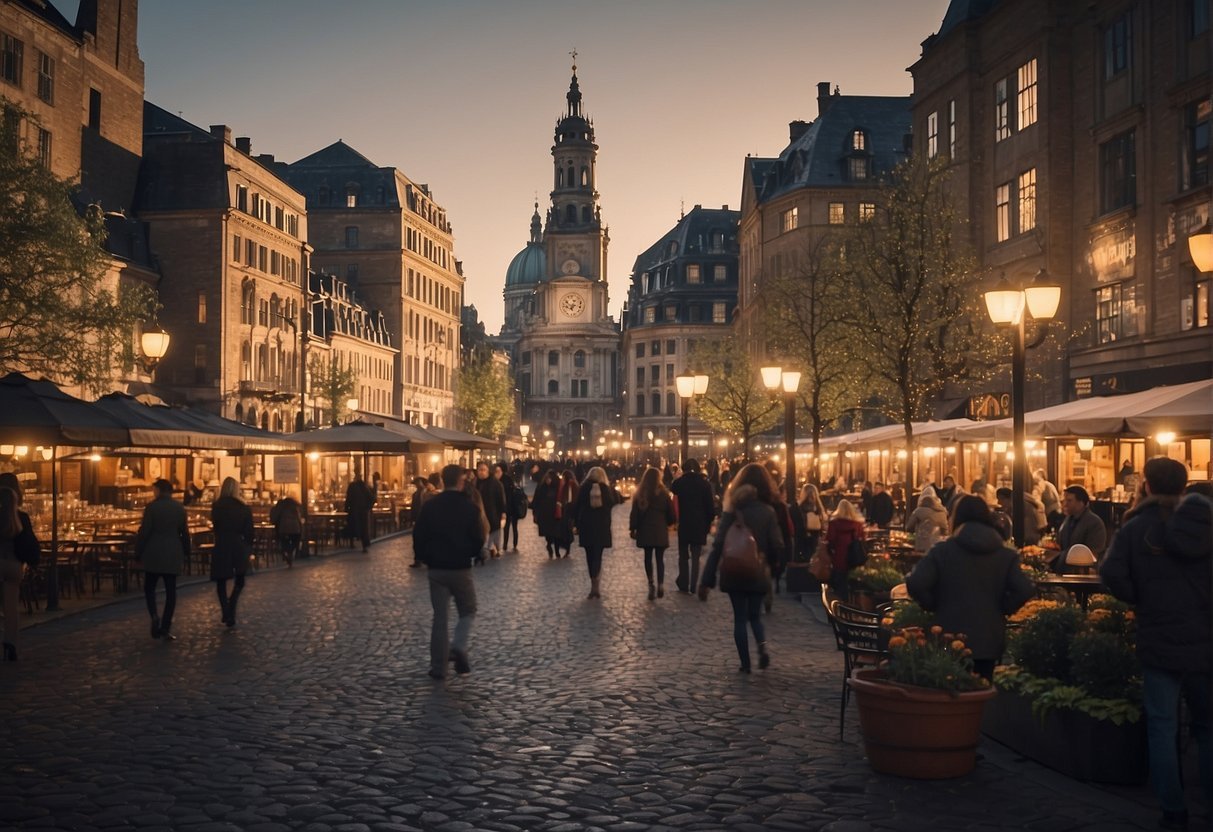
“History is not just a page in a book; it’s a place you can visit.” Walking the streets of America’s most historic cities, you walk through chapters of the nation’s timeline. Each town offers a unique glimpse into the cultural and historical essence that has shaped the U.S. today.
Boston, Massachusetts – Known for the pivotal Boston Tea Party, this city boasts landmarks like the Freedom Trail and Fenway Park, connecting the dots of the American Revolution to modern-day America.
Philadelphia, Pennsylvania – The cradle of liberty, home to the Independence Hall, where the Declaration of Independence was signed, beckons those who wish to stand where the founding fathers shaped the nation.
Washington, D.C. – The heart of U.S. governance, the National Mall, and the Smithsonian Museums offer an expansive view of the country’s legacy, monumental landmarks, and the stories of its people.
New Orleans, Louisiana – Rich with French Quarter vibrancy and echoes of jazz, it presents a tapestry of French, Spanish, and American influences, including the poignant National WWII Museum.
Charleston, South Carolina – Fort Sumter is a solemn reminder of the Civil War’s inception, while the Battery invites visitors to stroll amidst antebellum homes.
Williamsburg, Virginia – Stepping into Williamsburg is like entering a time capsule from the restored historic district to Jamestown, where the first English settlers arrived.
San Antonio, Texas – The Alamo symbolizes Texan resilience, while San Antonio’s historic missions recall early Spanish colonization efforts.
Savannah, Georgia – With its charming squares and antebellum houses, Savannah encapsulates the genteel South, its role in the Revolutionary and Civil Wars on full display.
San Francisco, California – Alcatraz Island’s fortress and federal prison speak of a less romanticized history, including the birthplace of the Native American Red Power movement.
Salem, Massachusetts – Known for the Salem Witch Trials, it invites curiosity about colonial America’s more tumultuous aspects and today offers museums that explore this dark chapter.
Visiting these cities is more than sightseeing—it’s an immersive educational journey through diverse narratives, pivotal moments, and the evolution of a nation.
The Evolution of Historic Sites Through Literature and the Arts
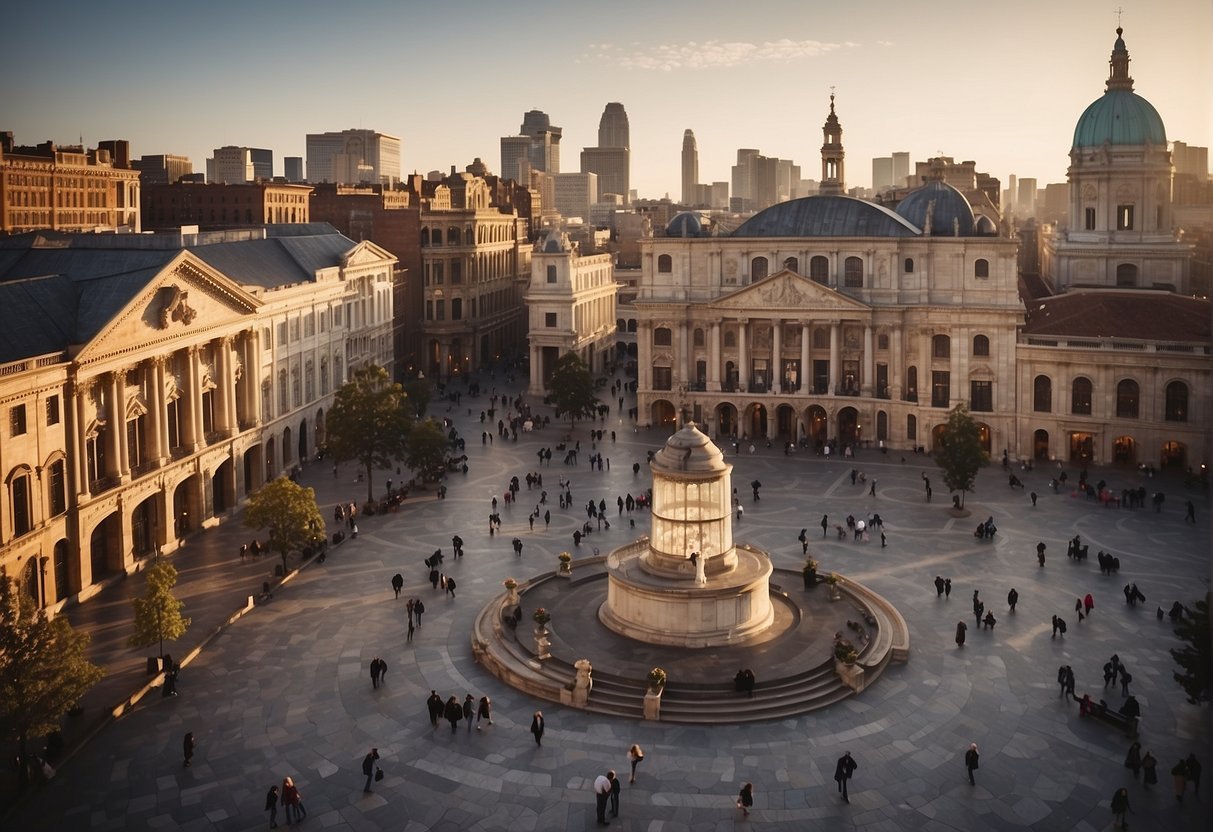
“History is the essence of innumerable biographies,” the adage goes. The United States is steeped in rich history, often captured and reflected through literature and arts. Museums, galleries, and historic city streets provide a canvas illustrating the nation’s evolution from colonial times to modern times.
Museums across cities like Philadelphia and Boston intricately weave narratives of the past with artefacts and exhibits. Essential documents like the Constitution find homes in these institutions, further deepening public understanding of American origins. Artistic endeavours, from paintings to plays, frequently highlight historical events and figures, such as George Washington and Benjamin Franklin, immortalized in galleries like the Philadelphia Museum of Art.
- Boston’s Freedom Trail: A brick-lined route that features 16 historical sites, including Faneuil Hall Marketplace and Paul Revere House.
- Colonial Williamsburg: This living history museum reenacts colonial life, providing a tactile experience of America’s early days.
Historic monuments and memorials, like the Washington Monument and the U.S. Capitol, stand as architectural testaments to the country’s monumental events and visionaries. Similarly, historic sites like the Alamo and Fort Sumter offer educational narratives by preserving original structures and interactive displays.
Parallel to physical sites, literature is crucial in preserving American heritage. Novels set in historical cities bring the past to life, allowing readers to traverse cobblestone streets and visit islands of historical importance within the realms of fiction. Furthermore, the arts—represented in myriad forms such as local ghost tours or Broadway shows like Hamilton—continue to shape and revitalize historical discourse, marrying culture’s entertainment with the solemnity of remembrance.
Renewed interest in history has also invigorated cities like Atlanta and Chicago, blending their historical landmarks with contemporary culture. Old meets new as historic districts buzz with hotels and restaurants, offering history buffs an immersive experience. These cities’ public libraries and parks also serve as cultural nexus points, echoing the stories of eras like the Cold War through public talks and expositions.
The interplay between literature, the arts, and historic sites does more than recount history; it keeps the essence of the nation’s evolving identity alive for all to explore and appreciate.

